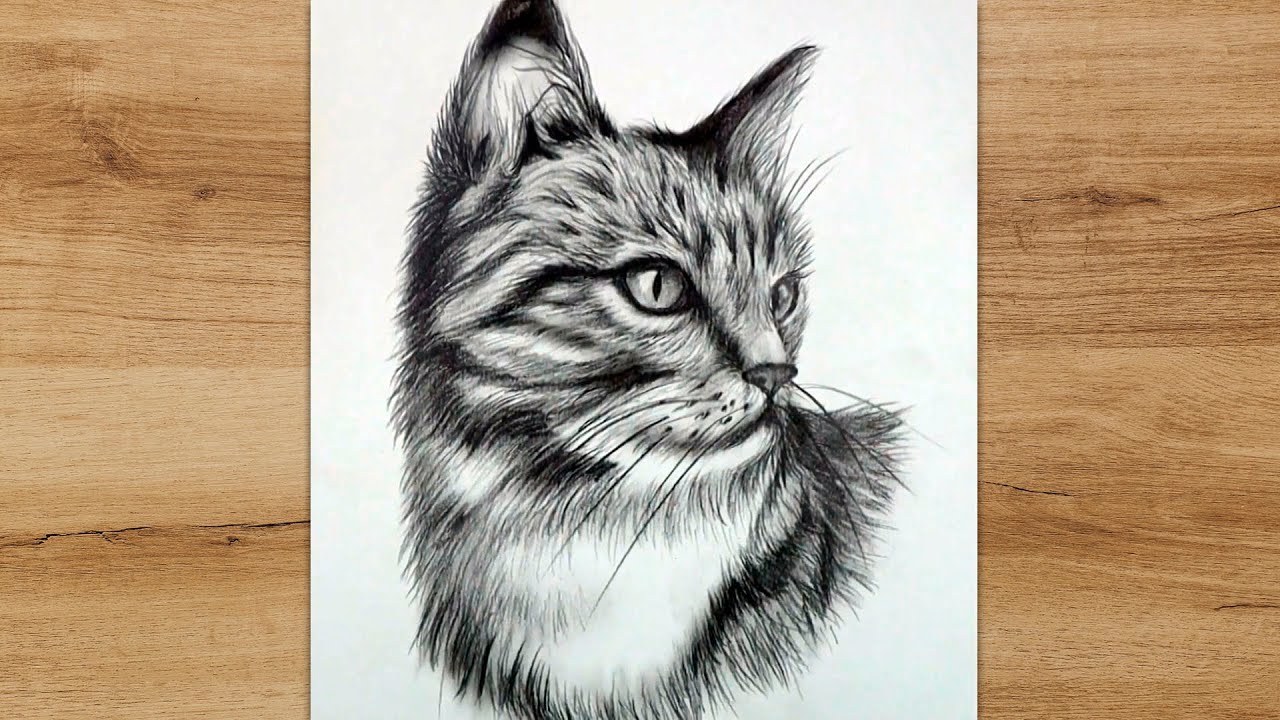The pursuit of Realistic:Tmqj-Cm0fgc= Cat Drawing extends beyond mere representation; it necessitates a comprehensive understanding of feline anatomy to authentically depict their movement and grace. Mastery in techniques for rendering fur texture and color blending is essential for achieving depth and realism. Moreover, the ability to capture the nuanced expressions and postures of cats can profoundly influence the overall impact of the artwork. As we explore these elements, we uncover the intricate balance between technique and intuition that defines a truly compelling portrayal of our feline companions. What insights might emerge from this exploration?
Understanding Realistic:Tmqj-Cm0fgc= Cat Drawing Anatomy
Understanding cat anatomy is essential for anyone interested in drawing these graceful creatures accurately.
A solid grasp of the cat skeletal structure reveals how bones support their agile movements, while knowledge of feline muscle groups illustrates how they achieve remarkable flexibility and strength.
Mastering these aspects empowers artists to create lifelike representations, capturing the essence of freedom inherent in feline nature.
Read Also: Realistic:Qrledh4v1oc= Cat Drawings
Techniques for Realistic Fur
To achieve realistic fur in cat drawings, artists must pay close attention to texture, layering, and directionality.
Utilizing techniques like fur shading enhances depth, while color blending allows for a seamless transition between hues.
Observing the natural flow of fur, along with varying pressure on drawing tools, can create a lifelike representation, capturing the essence of feline beauty and freedom in artistic expression.
Capturing Expressions and Poses
Capturing expressions and poses in cat drawings is essential for conveying the unique personality and mood of each individual feline. Observing their facial expressions, such as narrowed eyes or relaxed whiskers, reveals their emotional state.
Additionally, understanding body language—like arched backs or curled tails—enhances the depiction of their character, allowing artists to create more engaging and lifelike representations of these captivating creatures.
Read Also: Realistic:Kyuzzjomhim= Cat Drawing
Conclusion
In conclusion, achieving a Realistic:Tmqj-Cm0fgc= Cat Drawing necessitates a comprehensive understanding of feline anatomy, meticulous techniques for fur representation, and an acute awareness of expressions and poses. Mastery of these elements allows artists to breathe life into their work, capturing the essence of cats in motion and repose. Ultimately, the successful execution of these principles transforms the canvas into a window through which the vibrant spirit of felines can be vividly observed, creating artwork that speaks volumes.


